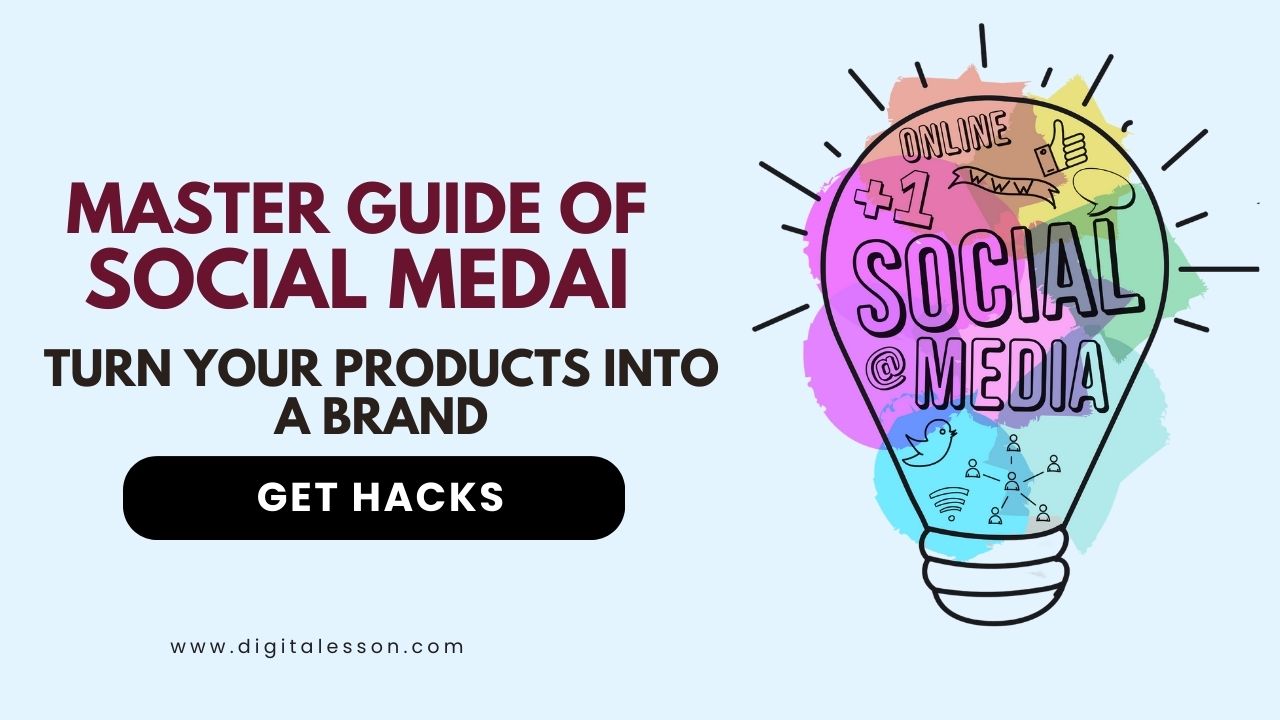Table of Contents

Twitter Marketing is a social media platform that allows us to send tweets like a short message on the public post and tweets. With over 330 million active users, Twitter is a powerful tool for businesses to reach a wide audience and engage with customers in real-time.
Few ways that businesses can use Twitter in marketing:
- Building a following: Provides a platform for businesses to build a following and connect with potential customers. By sharing valuable content and engaging with followers, businesses can increase their reach and build a community around their brand. Here are some tips for building a following on Twitter:
- Share high-quality content : The key to building a following on Twitter is to share content that is valuable, interesting, and relevant to your target audience. It can include blog posts, infographics, videos, images and other types of content.
- Use hashtags : Hashtags are a powerful tool for increasing the reach of your tweets. By using relevant hashtags, your tweets can be seen by people who are interested in the same topics as you.
- Engage with followers : Engaging with your followers is important for building a community around your brand. This can include responding to tweets, retweeting content, and thanking followers for sharing your content.
- Promoting products or services : Twitter can be used to promote products or services by sharing updates, promotions, and special offers. Here are some tips for promoting products or services
- Share updates : Keep your followers informed about new products or services, as well as updates to existing ones. This can include product launches, new features, and special promotions.
- Use Twitter ads : Ads can be a powerful tool for promoting your products or services to a wider audience. Twitter gives a range of offers of ad formats, including promoted tweets, promoted accounts, and promoted trends.
- Customer service : Twitter provides a quick and easy way for businesses to respond to customer inquiries and complaints. By using Twitter for customer service, businesses can demonstrate their commitment to customer satisfaction and build a positive reputation. There are some tips for using Twitter for customer service:
- Respond quickly : Responding quickly to customer inquiries and complaints is important for building a positive reputation on Twitter. Aim to respond to customer tweets within an hour or less.
- Be professional : When responding to customer inquiries and complaints, be professional and courteous. Avoid getting defensive or confrontational, even if the customer is angry or upset.
- Follow up : Once you have resolved a customer issue on Twitter, follow up to ensure that the customer is satisfied with the outcome.
- Influencer marketing : Twitter is a popular platform for influencers to connect with their followers and promote products or services. By partnering with relevant influencers, businesses can leverage their audience and increase brand awareness. Here are some tips for using Twitter for influencer marketing:
- Identify relevant influencers : Identify influencers in your industry who have a large following and are a good fit for your brand.
- Reach out to influencers : Reach out to influencers and pitch them on your product or service. Offer to provide them with a free sample or trial so that they can try it out for themselves.
- Set clear goals : Make straight forward goals that are what you really expect from those campaigns according to your business like brand awareness, increase sales, leads etc,.
- Market research : Twitter can be used to gather insights about customers and industry trends. By monitoring hashtags and conversations related to their industry, businesses can gain valuable insights into what their customers are talking about and what they are looking for. Here are some tips for using Twitter for market research:
- Monitor hashtags : Monitor hashtags related to your industry to see what people are talking about and what topics are trending.
- Listen to customer feedback : Use Twitter to listen to customer feedback and gather insights into what they like and dislike about your products or services.
- Analyze competitors : Use Twitter to monitor your competitors and see what they are doing on the platform. This can help you identify opportunities and stay ahead of the competition.
- Use multimedia content : Twitter supports a range of multimedia content, including images, videos, and GIFs. Using multimedia content can help your tweets stand out in the feed and increase engagement. For example, sharing a video showcasing your product or a high-quality image can catch the attention of potential customers.
- Use Twitter analytics : Twitter offers an analytics tool that provides valuable insights into your performance on the platform. By using Twitter analytics, you can track your follower growth, engagement rates, and top-performing tweets. This information can help you optimize your Twitter strategy and improve your performance.
- Participate in Twitter chats : Twitter chats are organized conversations around a specific topic or hashtag. Participating in relevant chats can help you connect with other users in your industry and increase your reach. This can also help you to make you a thought adviser in relevant industries like yours.
- Create Twitter lists : Twitter lists allow you to organize your followers into specific categories or groups. This can be useful for keeping track of influencers in your industry, customers, or competitors. By creating Twitter lists, you can stay organized and monitor specific conversations or topics related to your business.
- Use Twitter for customer feedback : Twitter can be a powerful tool for gathering customer feedback and insights. By asking your followers for feedback or conducting polls, you can gather valuable insights into what your customers like and dislike about your products or services. This information can help you improve your offerings and better meet the needs of your customers.
Types of Twitter Marketing
Promoted tweets : Promoted tweets are a type of Twitter advertising that allow businesses to promote their tweets to a wider audience. Promote tweets can be targeted to specific demographics, interests, and locations, making them a powerful tool for reaching a specific audience. Promote tweets are effective for increasing brand visibility, generating leads, and driving website traffic.
Hashtag campaigns : Hashtag campaigns involve creating a branded hashtag and encouraging users to use it in their tweets. Hashtag campaigns can increase brand visibility and engagement on Twitter, as well as create a sense of community among users who use the hashtag, these campaigns are effective for building brand awareness, increasing social media engagement, and promoting events or product launches.
Twitter chats : Chats are real-time conversations on Twitter that revolve around a specific topic or theme. Twitter chats can be hosted or participated in by businesses, and are a great way to engage with the target audience and build brand awareness. This chats are effective for building brand awareness, engaging with customers, and positioning the business as a thought leader in the industry.
Influencer marketing : Influencer marketing involves partnering with influential Twitter users to promote a product or service. Influence marketing is effective for increasing brand visibility, building credibility, and reaching a specific target audience. When choosing an influencer to partner with, businesses should consider the influencer’s niche, audience, and engagement rate.
Customer Service : Twitter can be used as a customer service channel, allowing businesses to respond to customer inquiries and complaints in real-time. Twitter’s real-time nature makes it a powerful tool for providing excellent customer service, and resolving issues quickly and efficiently. Customer service on Twitter is effective for improving customer satisfaction, building loyalty, and improving brand reputation.
Content marketing : Twitter can be used to share and promote content, such as blog posts or articles, that align with a business’s brand and target audience. By sharing valuable content on Twitter, businesses can build a following, increase website traffic, and position themselves as thought leaders in the industry. Content marketing on Twitter is effective for increasing website traffic, building a following, and generating leads.
Event promotion : Twitter can be used to promote and engage with attendees before, during, and after an event. Twitter is effective for building excitement around the event, encouraging attendance, and engaging with attendees in real-time. Businesses can use Twitter to share event information, share photos and updates during the event, and follow up with attendees after the event.
Advantages and Disadvantages of Twitter
There are few advantages and disadvantages of twitter in marketing:
Advantages
Wide reach : Twitter has a large and diverse user base, with over 330 million active users worldwide. This makes it a valuable marketing channel for businesses looking to reach a wider audience.
Cost-effective : Twitter is a relatively low-cost marketing channel, as it is free to create a profile and post content. Businesses can use Twitter to promote their products or services, engage with customers, and build their brand without incurring significant costs.
Real-time engagement : Twitter allows businesses to engage with customers in real-time, providing quick and efficient customer service. By monitoring their Twitter account and responding promptly to customer inquiries or complaints, businesses can build a positive reputation and strengthen customer loyalty.
Viral potential : Twitter’s retweet feature allows content to quickly go viral and reach a large audience. Businesses can leverage this feature to increase their reach and visibility, potentially attracting new customers and increasing brand awareness.
Market research : Twitter can be a valuable tool for conducting market research and gathering insights into customer behavior and preferences. By monitoring conversations related to their industry or products, businesses can identify trends, gather feedback, and gain valuable insights into their target audience.
Disadvantages
Short lifespan of tweets : Tweets have a short lifespan, with the average tweet lasting only a few minutes in the feed. This means that businesses need to post frequently and strategically in order to get their message in front of their target audience.
High volume of content : There is a high volume of content on Twitter, making it difficult for businesses to stand out and reach their target audience. To be successful on Twitter, businesses need to create engaging content that stands out in the feed and resonates with their target audience.
Negative feedback : Twitter can be a platform for negative feedback, with customers using the platform to express their dissatisfaction with products or services. Businesses need to be prepared to handle negative feedback in a professional and timely manner, as ignoring or mishandling negative feedback can damage their reputation.
Time-consuming : Creating and managing a Twitter account can be time-consuming, requiring regular updates and engagement with followers. Businesses need to invest time and resources into their Twitter strategy in order to see results.
Limited engagement : Twitter’s character limit can limit the depth of engagement between businesses and customers, making it difficult to provide detailed information or engage in longer conversations. This means that businesses need to be concise and strategic in their messaging on Twitter.



